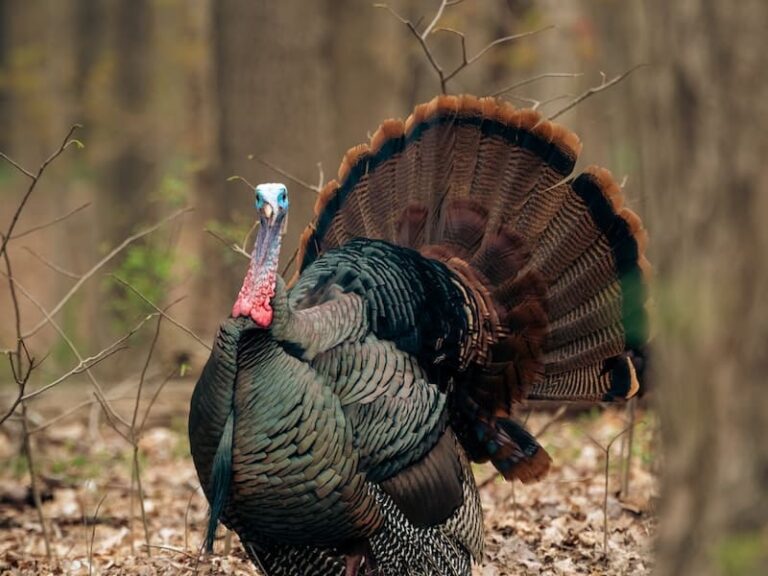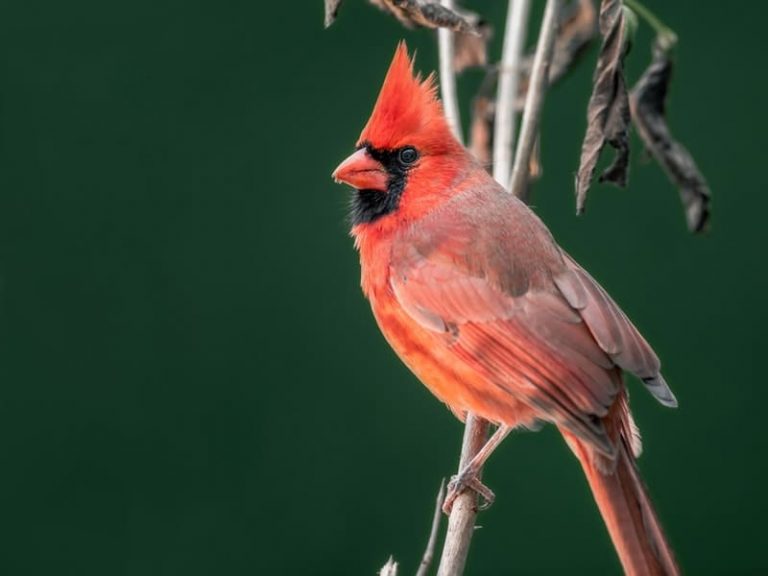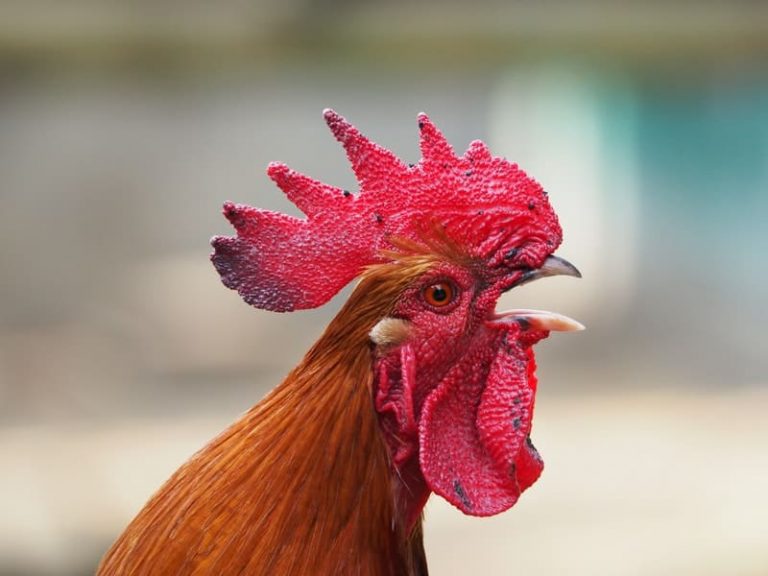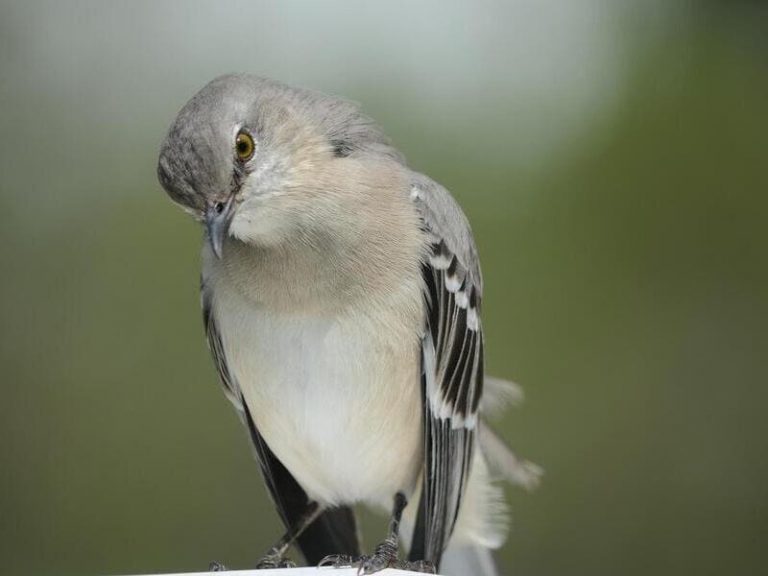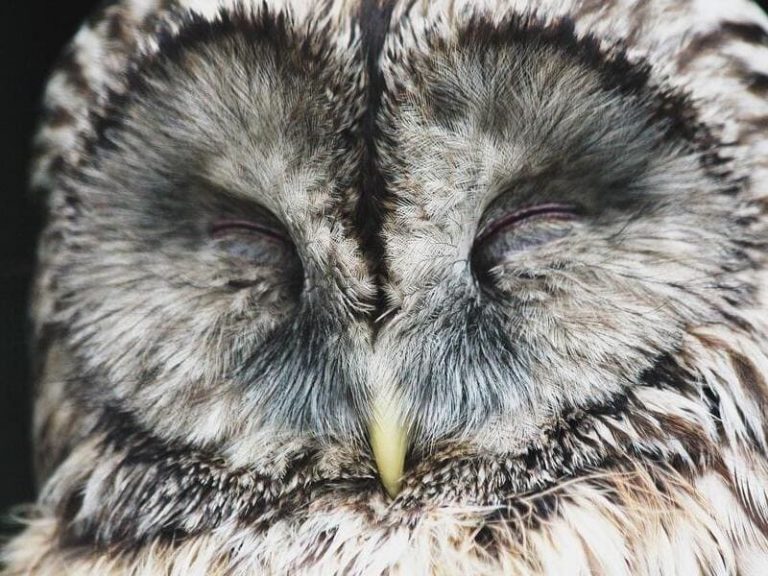Do Birds Fly At Night?
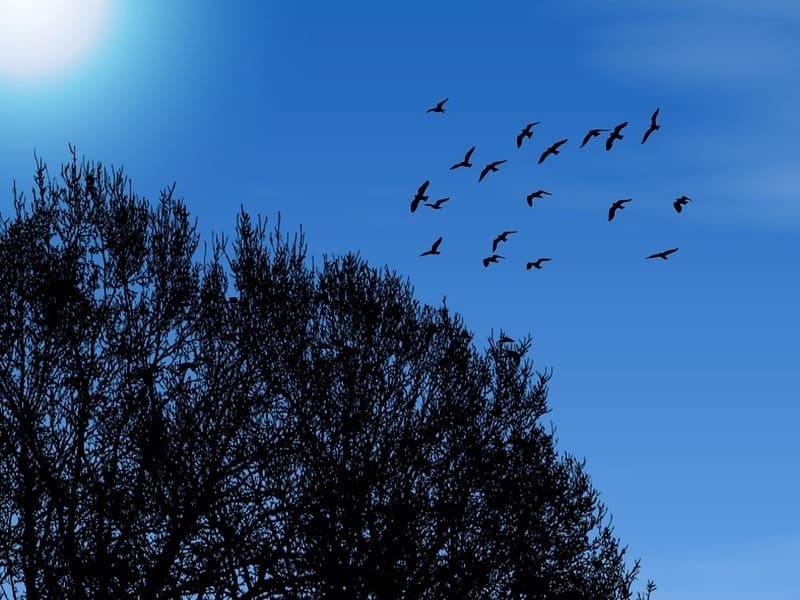
If you’ve never seen a bird flying at night, then you must be an early sleeper because there are plenty of birds that fly at night. Moreover, there are some birds that choose a night to migrate from one place to another instead of day. In this blog post, we’ll discuss them all in detail.
Furthermore, in this article, we’ll answer all the questions:
- Do different types of birds fly during different times of the day?
- Do birds fly at night?
- Which birds fly at night?
- Why do birds fly at night?
- Why should birds fly at night?
So, if you want to know the answers to all these questions, keep reading.
Do Birds Fly At Night?

Yes, there are some birds that fly at night, but the vast majority of birds are diurnal, meaning they fly during the day.
Nocturnal birds tend to be those which are more active at night and feed on insects. Owls are probably the best-known nocturnal bird, but there are also nightjars and some swallows and swifts that fly at night. So, if you’re looking for the answer of do birds fly at night, then we must tell you that ‘Yes, many birds fly at night’.
Why Do Birds Fly At Night?
There are many reasons why birds fly at night.
- One reason is that it’s safer for them to fly when it’s dark because there are fewer obstacles.
- Additionally, many birds migrate at night in order to avoid being seen by predators or to take advantage of lighter winds.
- And some birds simply prefer flying at night because there is less traffic and they can navigate more easily.
Which Species Of Birds Fly At Night?
There are many species of birds that fly at night. Some common ones include the owl, the bat, and the swan. Night flying is beneficial for these birds because it allows them to avoid predators and catch prey that are active at night.
Plus, flying at night helps them conserve energy since they’re not competing with other birds for airspace during the day.
Can Birds See In The Dark?
There is a lot of variation in bird eyesight, depending on the species of bird. Some birds have excellent night vision, while others are not able to see very well in the dark.
Generally speaking, birds that are adapted to living in darkness have larger pupils than birds that live in daylight environments. This allows more light to enter the eye and improves the bird’s ability to see in low-light conditions.
Some birds also have a special structure called a tapetum lucidum behind the retina that helps reflect light back through the retina and improves vision in dim light.
So it depends on the individual bird and its particular habitat, but most birds can see reasonably well at night given the right conditions.
You will also like to read: Where do Cardinals Sleep at Night?
Why Do Birds Fly Around At Night?
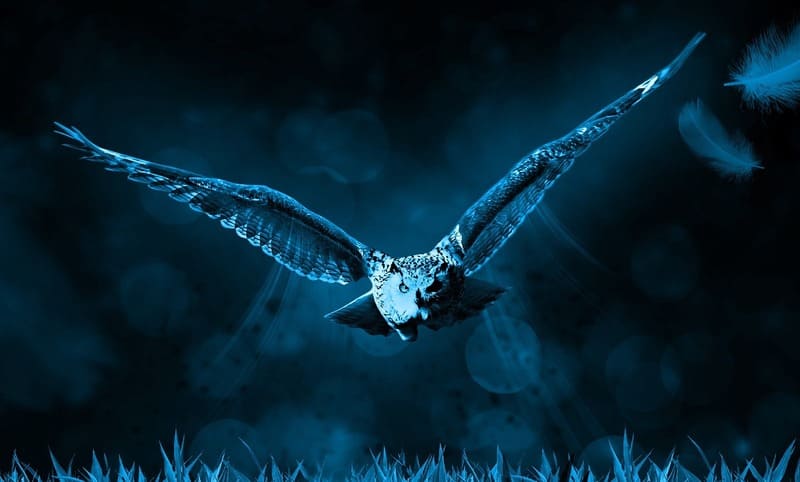
Many birds are active during the day, but some are more active at night. There are several reasons why birds might fly around at night.
- More freedom – One reason is that there are fewer predators active at night, so birds can move about more freely.
- More food – Moreover, there are often more insects active at night, so birds that feed on insects may be more likely to be active during those hours.
- Moderate temperature – It is also generally cooler at night, so flying requires less energy for birds.
- Less predators – In addition, some daytime birds migrate at night in order to avoid predators and take advantage of cooler temperatures.
As a result, there are a variety of reasons why birds might be more active at night.
Migration
Many birds might choose to migrate at night because it’s simply safer to fly in the dark and birds can see better in daylight than most other animals, so they might be more likely to collide with obstacles like power lines or buildings if they’re flying during the day.
Another reason birds might prefer to migrate at night is that it’s cooler. Birds have to use a lot of energy to fly, and it can be exhausting if the weather is too hot. By migrating at night, they can avoid the hottest part of the day and save some energy for their journey.
Escaping From threats
When flying at night, birds can take advantage of the dark to avoid being seen by potential threats. Additionally, many nocturnal predators rely on auditory cues to find their prey, so flying quietly at night makes it much more difficult for predators to detect birds.
Find Food
It’s actually pretty amazing how birds are able to find food at night. They use a variety of methods, including navigation by the stars, sensing electric fields, and using their hearing to pinpoint prey.
They can also take advantage of hunting opportunities that are not available during the day. And flying at night uses less energy than flying during the day, so they can conserve their strength for finding food.
Find Mates
It’s been observed that many birds fly at night in order to avoid competition from other birds and to increase their chances of finding a mate. Nighttime flight makes it easier for a bird to spot potential mates, since there is less opportunity for other birds to interfere or obscure their view.
Additionally, many male birds sing at night in order to attract a mate, and the darkness allows their song to carry farther.
Flee Danger
Flying at night helps birds in fleeing danger because it makes them less visible to predators. By flying at night, they can avoid being seen by predators and make a quicker getaway. Additionally, many nocturnal birds have better night vision than their daytime counterparts, so they’re able to navigate and forage in the darkness more effectively.
Secure Territory
The darkness provides a sense of security and privacy for birds during territorial displays, as well as when feeding or mating. This is especially true for birds, who are more active at night.
By flying during the night, they can avoid potential confrontations with other bird species and avoid revealing their location to predators.
Disorientation
When birds fly at night, they can orient themselves by detecting the earth’s magnetic field. This is because they have a small mineral called magnetite in their head that responds to the earth’s magnetic field. By flying during the day, birds lose this ability and can become disoriented.
This is especially true for young birds who have not yet developed a strong sense of direction. Flying at night allows them to learn their way around and familiarize themselves with their surroundings.
Flight Practice
Flying at night helps birds in flight practice because there are no obstacles to avoid. At night, there are no buildings, trees, or other objects to obscure the view and disrupt the bird’s flight path.
This allows the bird to focus on flying without interruption and to improve its navigation skills. Additionally, many birds prefer to fly at night because it’s quieter and they can see better in the dark.
Socializing
Flying at night helps birds in socializing because they can see each other more clearly. At night, there is less light pollution and the stars and moon provide a natural light source that helps birds see each other better. This is important for birds because they use visual signals to communicate with each other, build relationships, and mate.
For example, during courtship rituals, male birds will perform elaborate dances to impress female birds. These dances are much more impressive when performed under natural lighting conditions so that the female bird can see them clearly. By flying at night, birds are able to take advantage of the improved visibility and have more successful social interactions.
Pre-sleep Routines
There is still a lot to be learned about the pre-sleep routines of birds, but one thing is for sure, flying at night helps them get ready for sleep.
By spending time in the air, they can clear their heads and relax their muscles. They can also orient themselves using the stars and moon, which helps them prepare for sleep when they finally land.
Some Birds You Can See At Night
Some common birds you can see at night include owls, bats, and some types of crows.
- Owls are perhaps the most well-known nocturnal bird, and they come in a variety of shapes and sizes depending on the species.
- Bats are also well known for their habit of feeding at night, and there are over 1,000 different species of bats worldwide.
Finally, crows are not typically thought of as nocturnal birds, but there are a few species that do venture out at night to feed. Now let’s discuss them in detail.
Owls
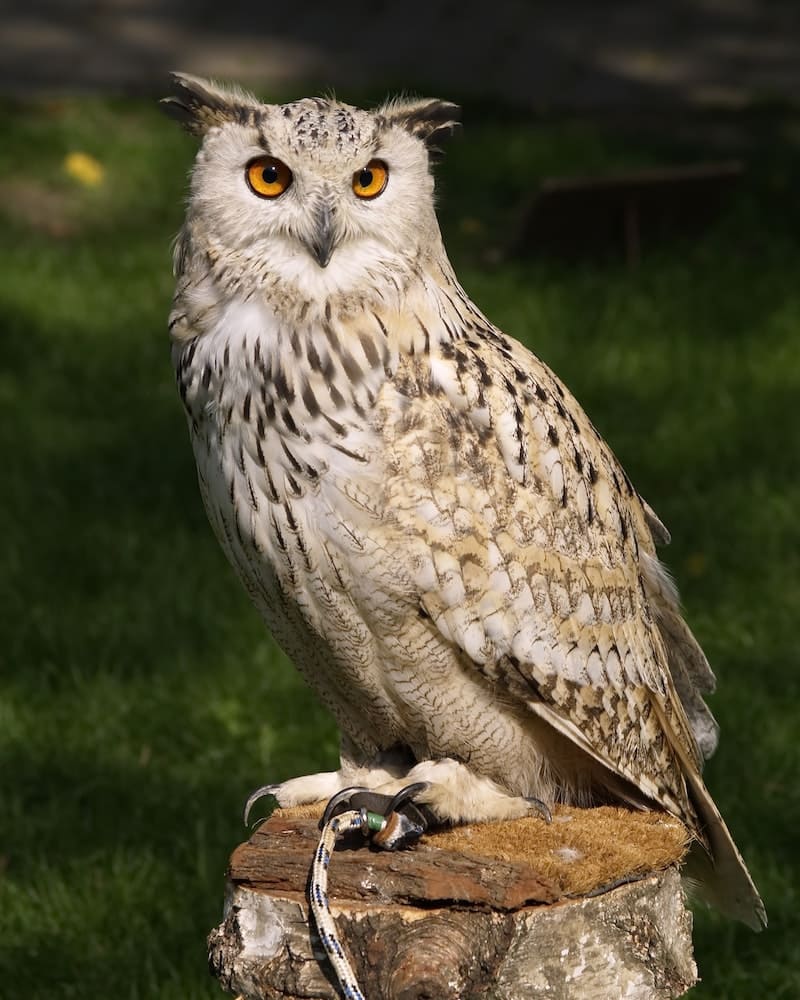
Owls have some amazing adaptations to help them fly at night. Their ears are specially adapted to hear even the slightest sound, and their eyes are able to see in very low light conditions. They also have a very keen sense of smell, which allows them to find prey even in complete darkness.
Herons
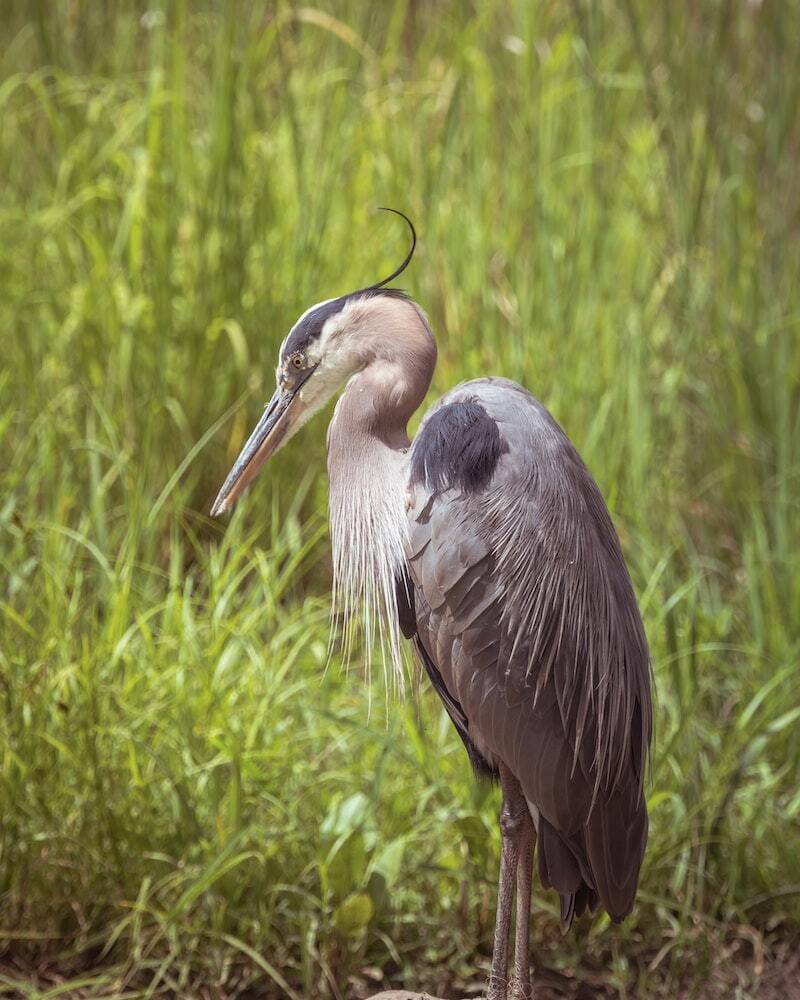
Herons are prey animals, and as such, they have evolved many strategies for avoiding being eaten.
One of these strategies is flying at night, when it is harder for predators to see them. Herons also use camouflage to hide from predators, and they will often stay still until the danger has passed.
Nightjars
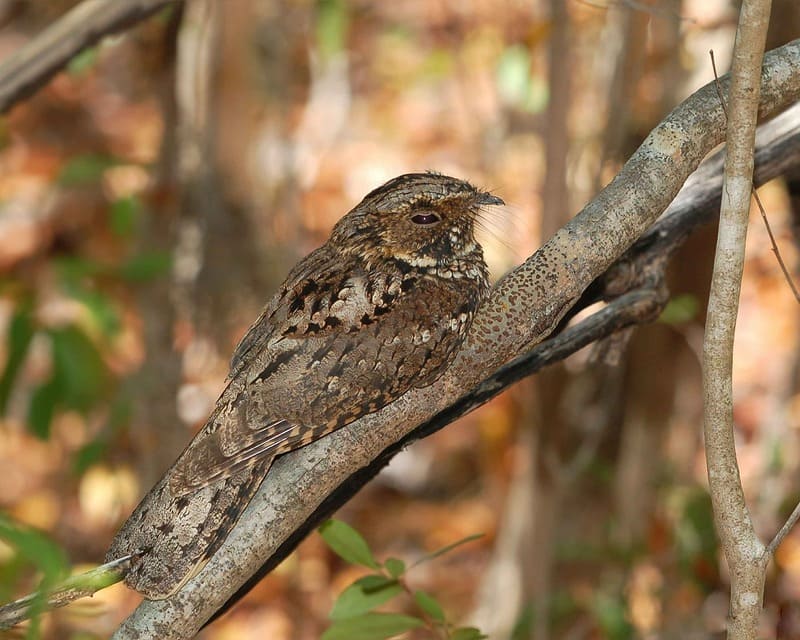
Nightjars fly at night because they are masters of camouflage. During the day, they blend in perfectly with their surroundings and are therefore very vulnerable to predators. By flying at night, they can avoid being seen and make it easier to catch their prey.
Shorebirds
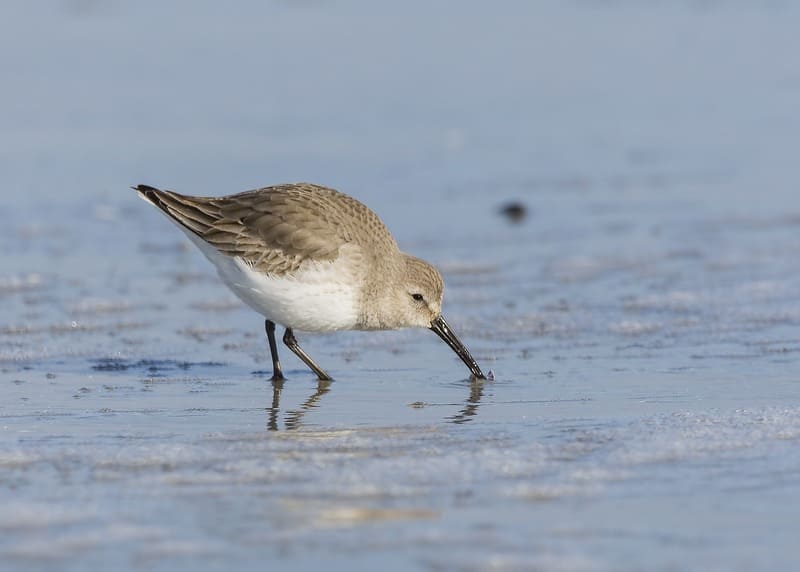
Shorebirds are migratory birds and so they fly at night in order to avoid flying during the day when they would be exposed to predators.
Flying at night also saves them energy because the air is cooler and denser at night, which means that they can fly for longer distances without using as much energy.
Waterfowl
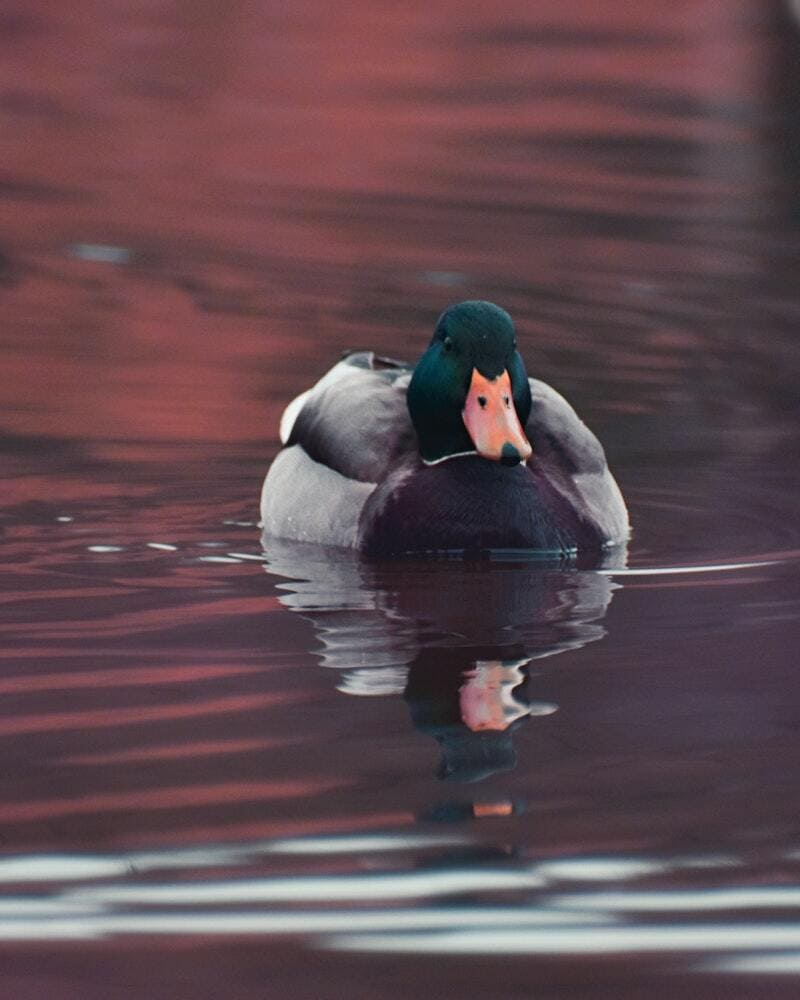
Some waterfowl, such as certain ducks, do fly at night in order to avoid predators or search for food. However, other waterfowl, such as geese, are more likely to roost on the ground or in trees at night.
Which Bird Migrates At Night?
There are many types of birds that migrate at night. Some common examples include the Snowy Owl and the American Goldfinch.
Night migration is a very efficient way for birds to travel long distances. By flying during the darkness, they can avoid predators and take advantage of favorable winds.
They also use stars and other celestial landmarks to help guide them on their journey. Warblers, tanagers, sparrows, swallows, buntings, grosbeaks, cowbirds, orioles, thrushes, and waxwings migrate at night.
What Else Do Birds Do At Night?
Birds spend their nights doing many of the same things that they do during the day. They sleep, fly, hunt, and socialize. Some, like owls, hunt for prey. Owls have large eyes that face forward so they can better detect prey, and they can rotate their heads 270 degrees to get a better view of their surroundings.
Others, like crows, find food to scavenge. And still others, like ducks and geese, sleep. Some birds that hunt at night, such as bats, use echolocation to navigate and detect prey. If you want to know the answer of do birds fly at night, check out the first heading of this article.
You will also like to read: What Time Do Birds Wake Up?
Conclusion
Though it is widely believed that birds do not fly at night, this belief is unfounded. Birds have been known to migrate at night, and certain species are nocturnal flyers.
While the majority of birds do roost during the nighttime hours, there are a select few that defy this logic. In this article, we have clearly explained the answer of do birds fly at night and which birds fly/migrate at night.
So, next time when you see a bird flying at night, keep in mind that it may be of the nocturnal birds.


